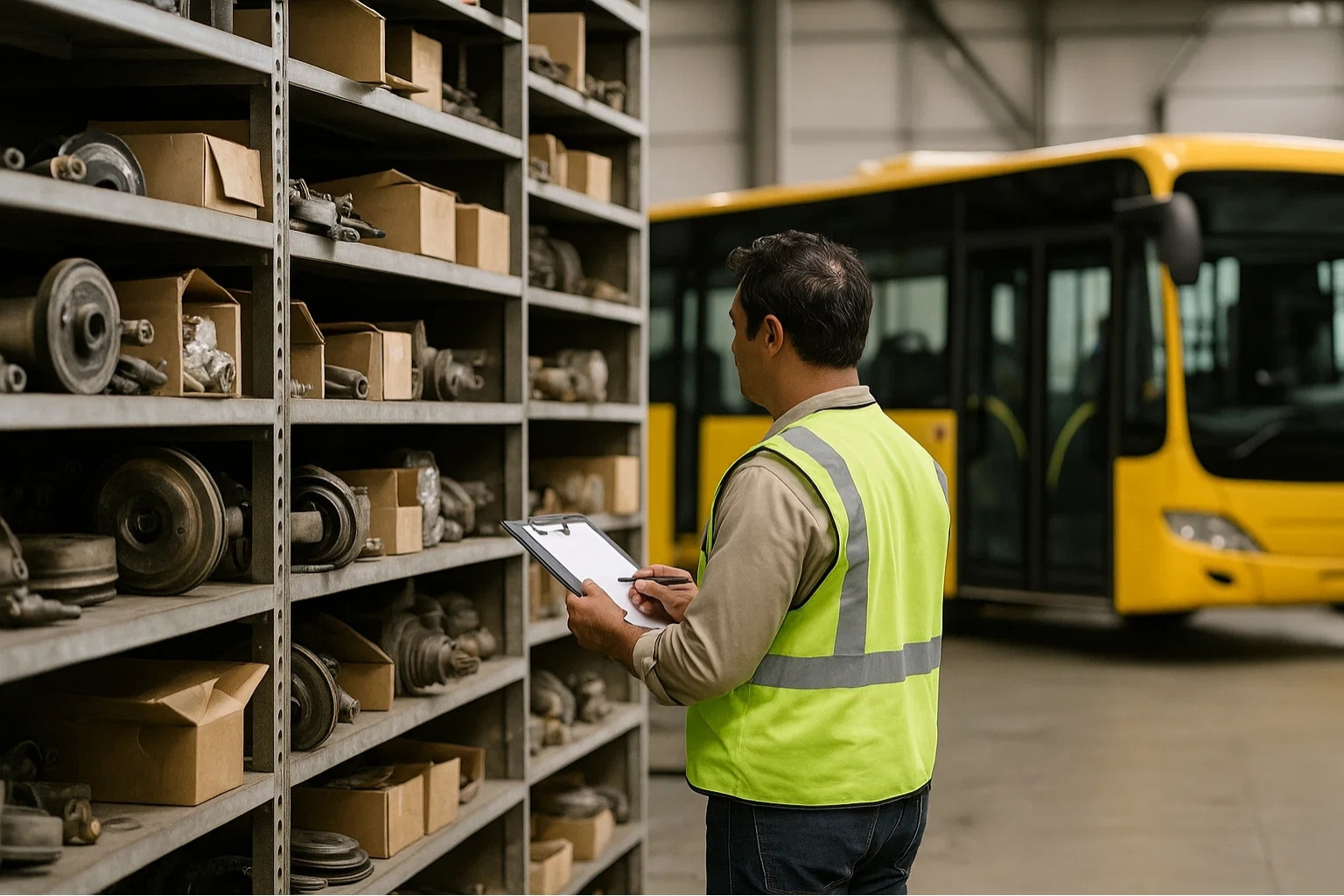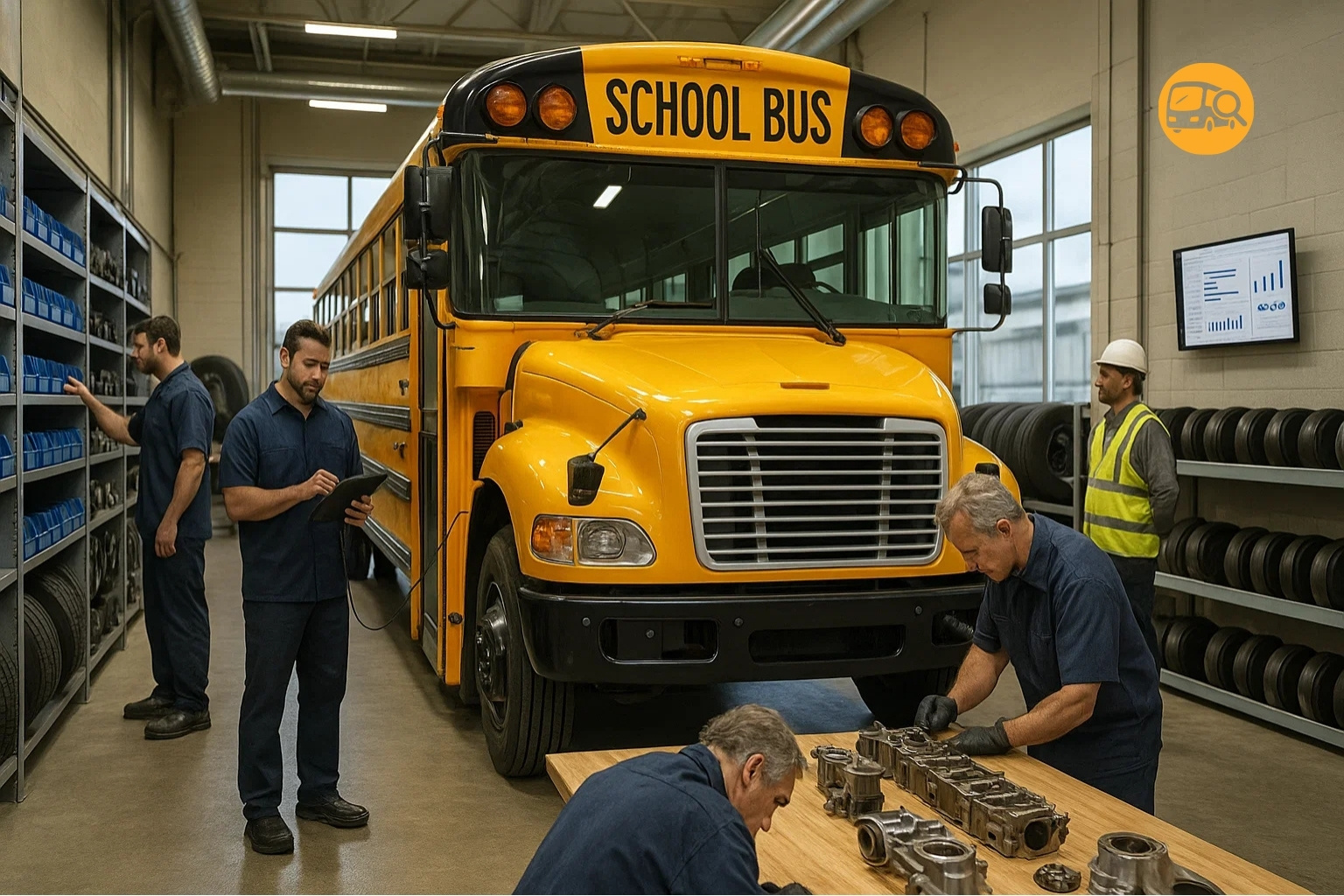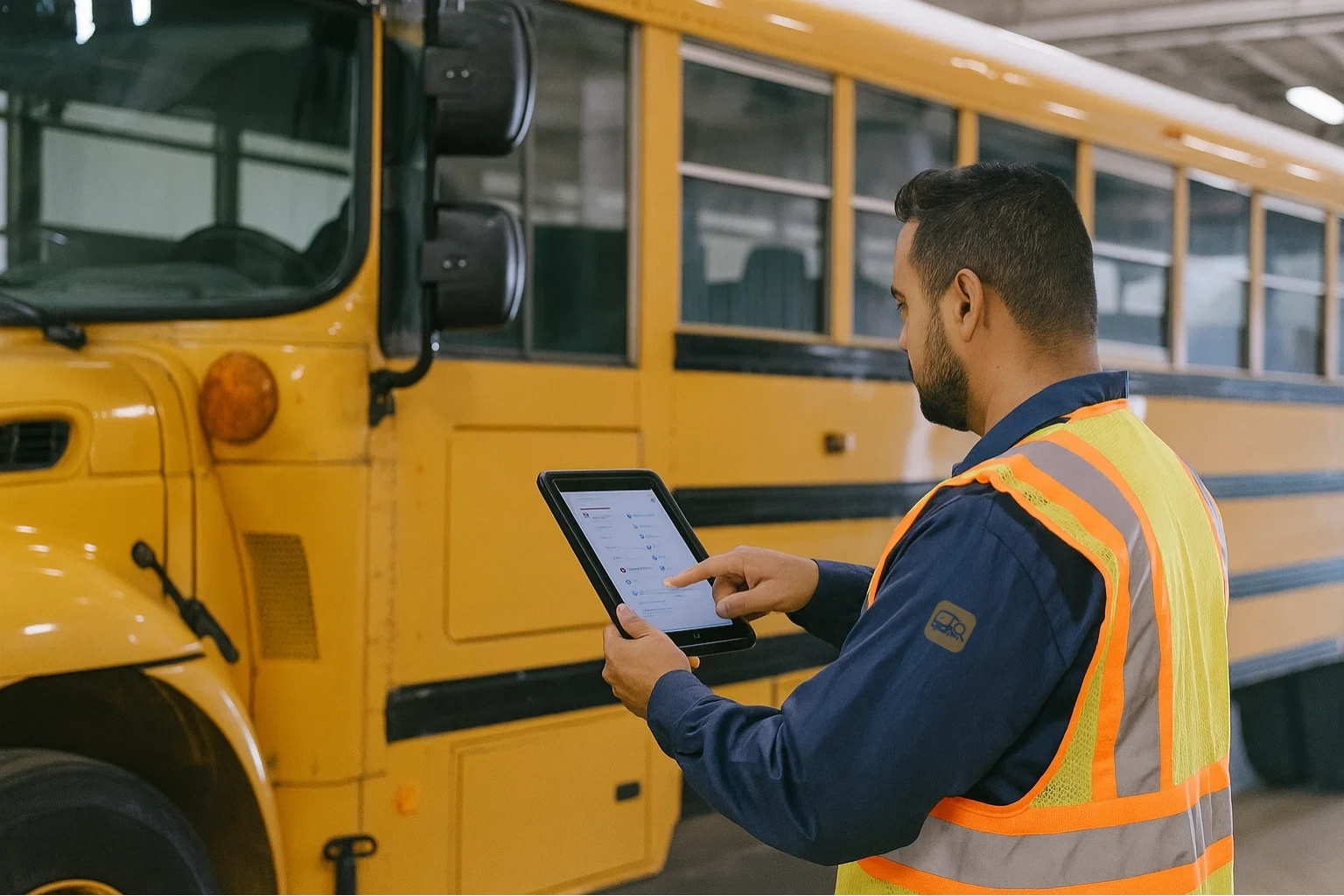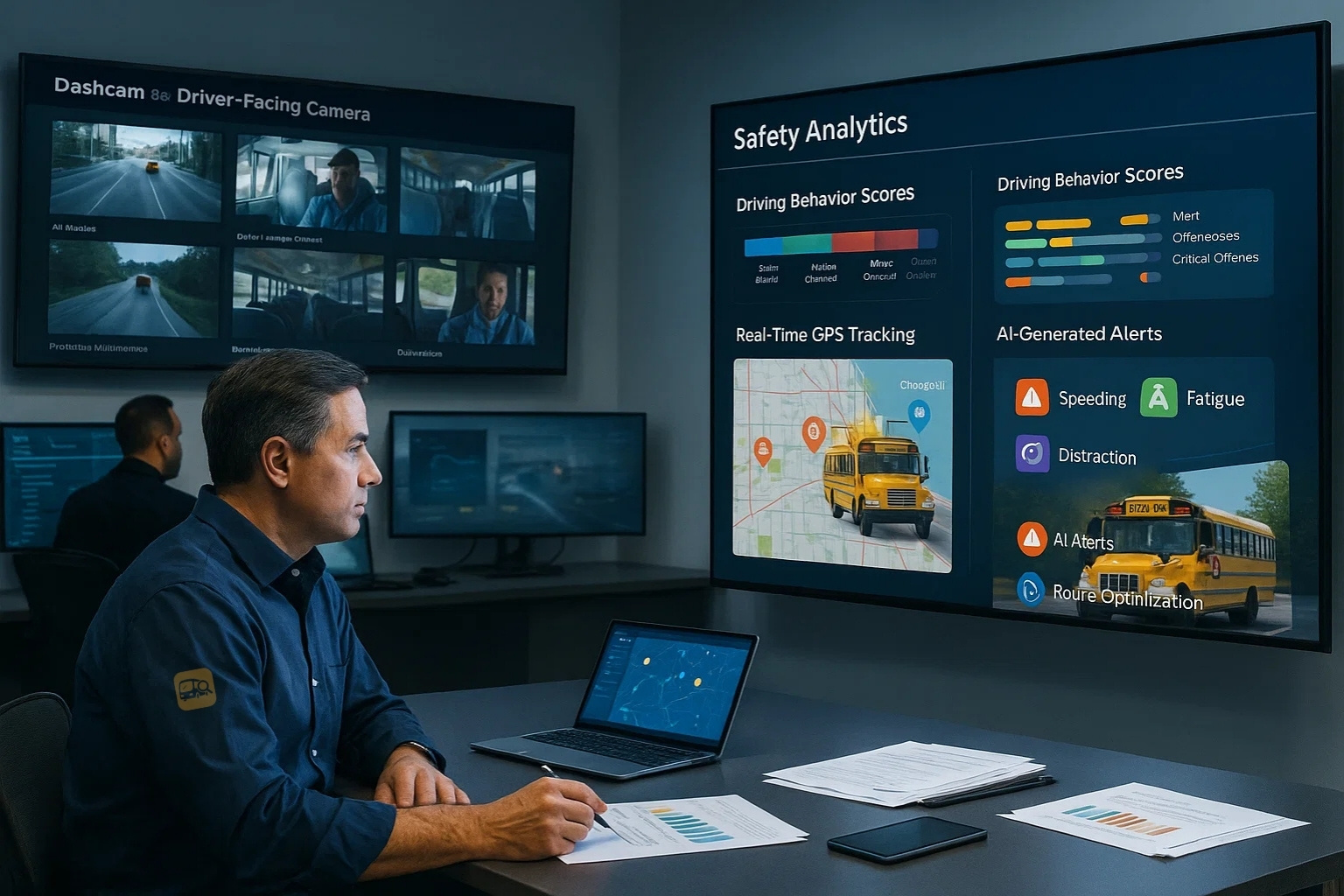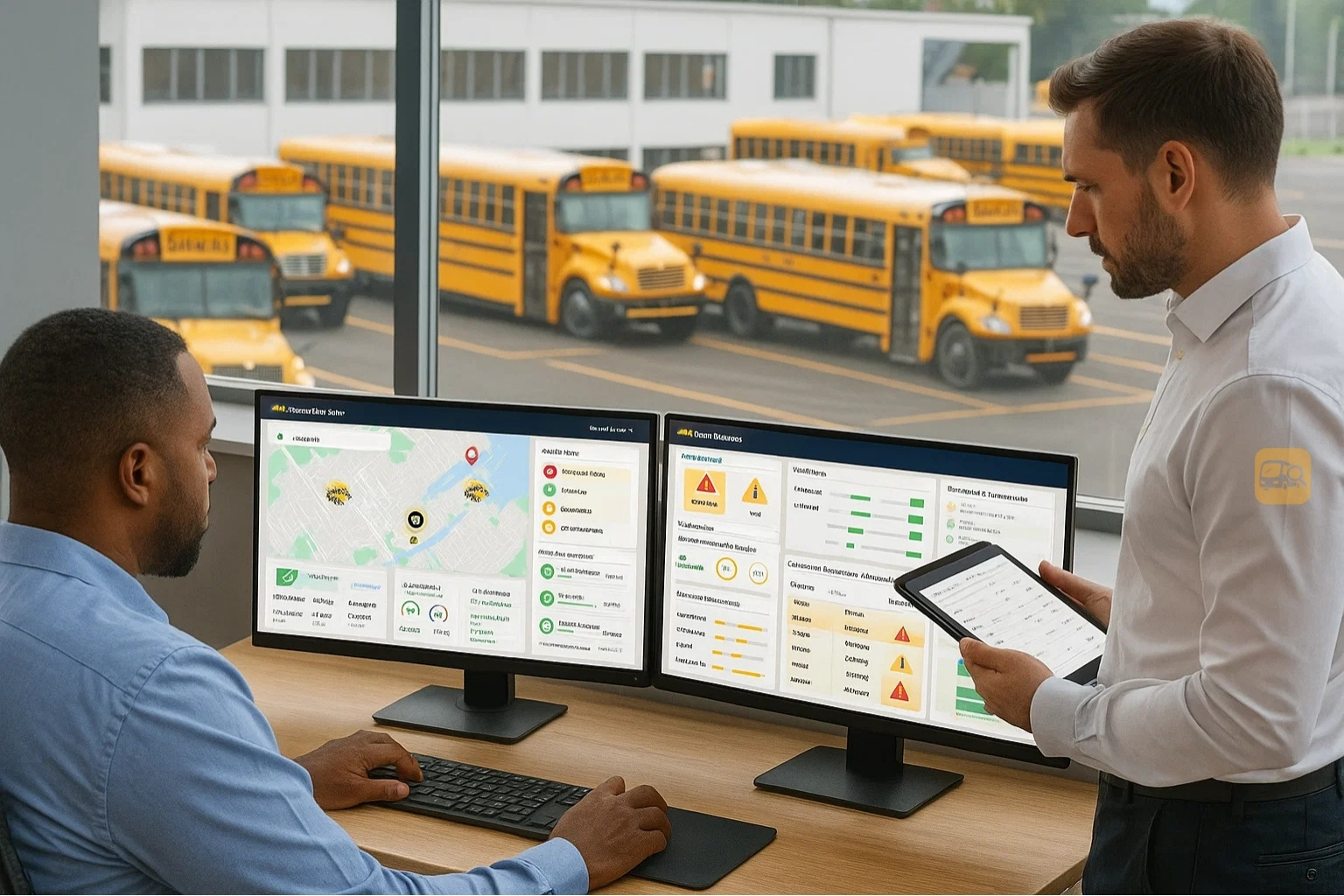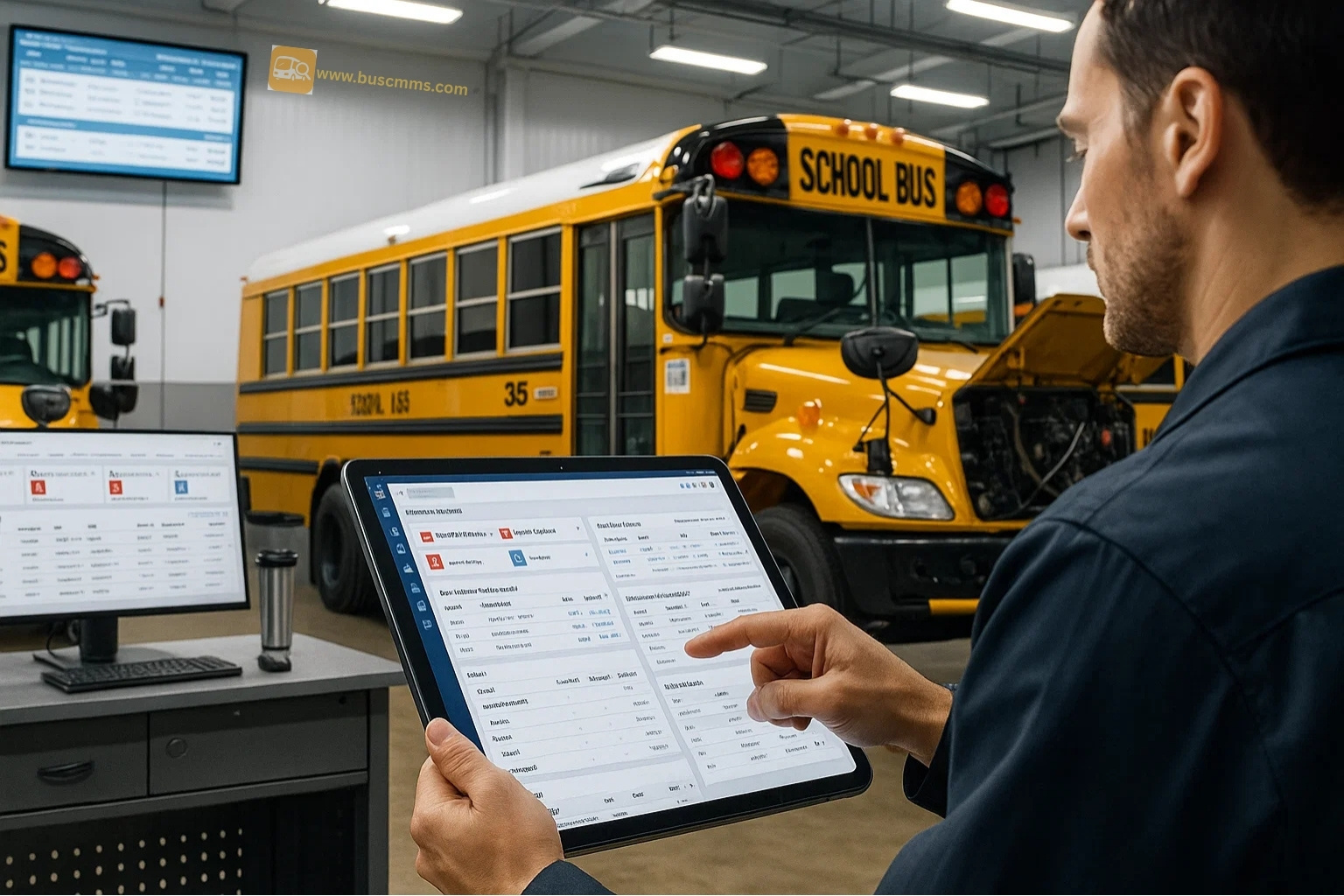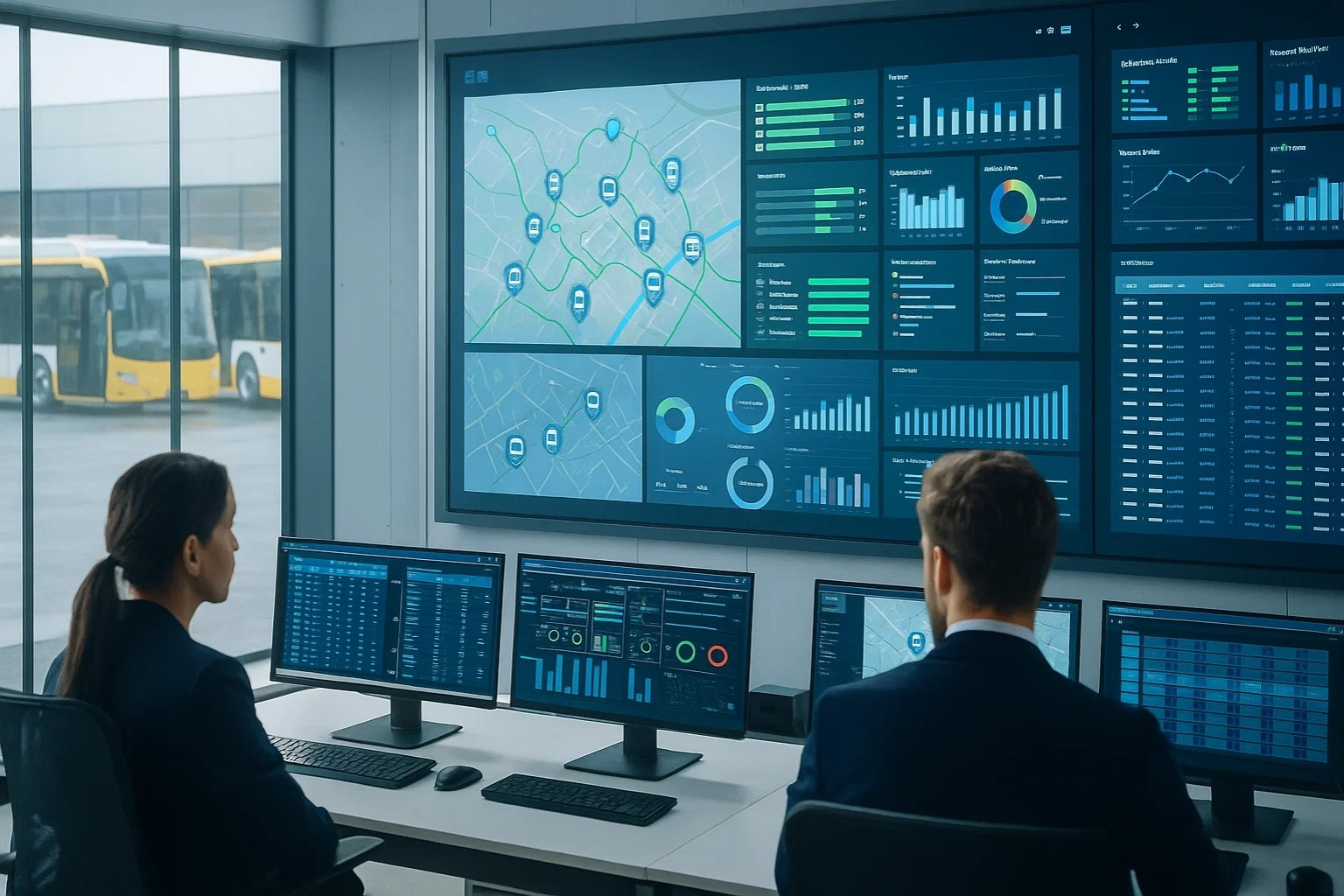In the fast-paced world of US manufacturing and transportation, maintaining a fleet of buses isn't just about keeping vehicles running—it's about ensuring safety, compliance, and operational efficiency. Traditional paper-based Driver Vehicle Inspection Reports (DVIR) and manual compliance tracking are becoming obsolete in an era where digital transformation drives competitive advantage. Automated bus inspection software represents a paradigm shift that's revolutionizing how manufacturing companies manage their transportation fleets, streamline regulatory compliance, and reduce operational costs.
The Evolution from Paper-Based DVIR to Digital Excellence
The traditional DVIR process has long been a pain point for fleet managers across US manufacturing facilities. Drivers manually fill out paper forms, maintenance teams struggle with illegible handwriting, and compliance officers spend countless hours organizing and filing reports. This antiquated system creates bottlenecks, increases human error, and often results in delayed maintenance actions that can compromise safety and regulatory compliance.
Modern automated bus inspection software transforms this process entirely. Digital DVIR systems enable drivers to complete inspections using mobile devices or tablets, with intuitive interfaces that guide them through comprehensive checklists. The software automatically captures timestamps, GPS locations, and driver signatures, creating an immutable audit trail that satisfies DOT requirements while eliminating paperwork inefficiencies.
Streamlining DOT Compliance and Regulatory Requirements
US manufacturing companies operating bus fleets must navigate complex DOT regulations, FMCSA requirements, and state-specific compliance mandates. Manual compliance tracking often results in missed deadlines, incomplete documentation, and potential regulatory violations that can cost thousands in fines and operational disruptions.
Automated inspection software serves as your compliance command center, automatically tracking inspection schedules, maintenance intervals, and regulatory deadlines. The system generates compliance reports, sends automated alerts for upcoming requirements, and maintains comprehensive documentation that's instantly accessible during audits.
- Automated Compliance Tracking: Never miss another DOT inspection deadline or maintenance requirement
- Real-Time Reporting: Generate compliance reports instantly for audits and regulatory reviews
- Documentation Management: Centralized storage for all inspection records, maintenance logs, and compliance certificates
- Alert Systems: Proactive notifications for upcoming inspections, expiring certifications, and maintenance schedules
Predictive Maintenance: From Reactive to Proactive Fleet Management
Traditional maintenance approaches in manufacturing environments often rely on reactive strategies—fixing problems after they occur. This approach leads to unexpected breakdowns, costly emergency repairs, and significant operational disruptions that can halt production schedules and employee transportation.
Automated bus inspection software leverages data analytics and machine learning to transform maintenance from reactive to predictive. By analyzing historical inspection data, identifying patterns, and monitoring vehicle performance metrics, the system can predict potential failures before they occur, enabling maintenance teams to schedule repairs during planned downtime.
Integration with Manufacturing Operations and ERP Systems
Modern manufacturing environments rely on integrated systems that share data seamlessly across departments. Automated bus inspection software doesn't operate in isolation—it integrates with existing ERP systems, maintenance management platforms, and operational dashboards to provide comprehensive visibility into fleet performance and its impact on manufacturing operations.
This integration enables manufacturing managers to correlate transportation efficiency with production schedules, optimize employee shift changes, and ensure that fleet maintenance activities align with manufacturing downtime periods. The result is a more efficient, cost-effective operation that maximizes both fleet utilization and production output.
Ready to Transform Your Fleet Management?
Join hundreds of US manufacturing companies that have revolutionized their bus fleet operations with automated inspection software.
Getting Started Book a DemoCost Reduction and Operational Efficiency
The financial impact of implementing automated bus inspection software extends far beyond the initial investment. Manufacturing companies typically see significant cost reductions across multiple areas: reduced paperwork processing costs, decreased administrative overhead, lower maintenance expenses through predictive strategies, and minimized regulatory compliance risks.
Additionally, the efficiency gains from automated processes free up valuable human resources that can be redirected toward core manufacturing activities. Maintenance teams can focus on actual repairs rather than paperwork, while fleet managers gain strategic insights that drive better decision-making and resource allocation.
Conclusion: The Future of Fleet Management is Now
Automated bus inspection software represents more than just a technological upgrade—it's a strategic investment in operational excellence, regulatory compliance, and competitive advantage. For US manufacturing companies operating bus fleets, the transition from manual DVIR processes to automated systems isn't just beneficial; it's essential for remaining competitive in today's fast-paced industrial environment.
The companies that embrace this digital transformation today will be the ones setting industry standards tomorrow. Don't let outdated processes hold your operation back. The future of fleet management is automated, intelligent, and ready to drive your manufacturing success to new heights.
Frequently Asked Questions
Start Your Digital Transformation Today
Don't let manual processes hold your manufacturing operation back. Experience the power of automated bus inspection software.
Getting Started Book a Demo

